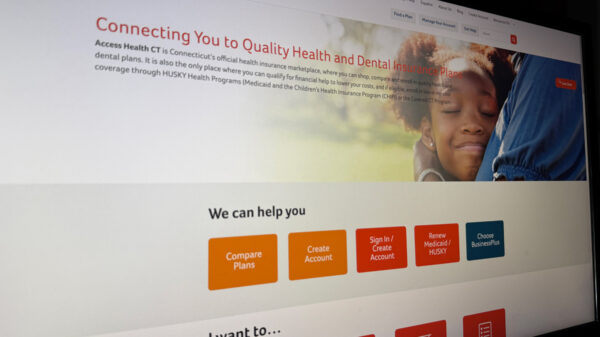Digestive issues are increasingly prevalent across the United States, with an estimated 66% of Americans experiencing some form of gut-related discomfort. Medical professionals are observing a surge in gastrointestinal conditions such as irritable bowel syndrome, gastroesophageal reflux disease, and colorectal cancer. Despite the critical role of gut health in overall well-being, many individuals remain unaware of its connection to other health concerns, including diabetes, heart disease, autoimmune disorders, and Alzheimer’s disease.
Alarmingly, surveys suggest that few people seek medical attention for gastrointestinal symptoms, potentially leaving serious conditions undiagnosed and untreated. This article delves into the reasons behind the rise in digestive issues and highlights five of the most common conditions leading to emergency department visits in the United States.
Understanding the Rise in Gastrointestinal Conditions
The increase in gastrointestinal conditions can be attributed to various factors, including lifestyle changes and environmental influences. Modern, industrialized living often involves poor dietary habits, insufficient physical activity, and inadequate hydration. Additionally, the prevalence of obesity has been linked to digestive health issues.
Mental health factors, particularly stress and anxiety, have also been identified as contributors to gastrointestinal problems. The COVID-19 pandemic exacerbated these issues, with research indicating that exposure to the virus may elevate the risk of developing chronic gastrointestinal conditions. A 2022 study found that 29% of surveyed COVID-19 survivors reported new chronic GI symptoms six months post-infection.
Common Digestive Conditions in the US
Based on data from the Healthcare Cost and Utilization Project Nationwide Emergency Department Sample, Live It Up identified five prevalent causes of digestive-related emergency visits in the United States. These are:
1. Abdominal Pain
Annual emergency department visits: 5.8 million (1,762 visits per 100,000 people)
Abdominal pain, often referred to as a stomach ache, can originate from various organs within the abdomen, including the intestines, liver, and pancreas. The pain may be dull, sharp, achy, or burning, and can be caused by conditions such as gas, indigestion, and food allergies. The increase in abdominal pain cases may be linked to the rising prevalence of related conditions like food allergies and irritable bowel syndrome.
2. Nausea and Vomiting
Annual emergency department visits: 2.2 million (661 visits per 100,000 people)
Nausea and vomiting are common symptoms associated with infections, food allergies, migraines, and stress. Recent increases in stress and migraine occurrences, along with substance use, may be contributing to the rise in these symptoms.
3. Noninfectious Gastroenteritis/Colitis
Annual emergency department visits: 1.3 million (386 visits per 100,000 people)
Noninfectious gastroenteritis involves inflammation of the stomach and intestinal lining due to medications, drugs, or toxins. A study in Clinical Toxicology highlighted a significant increase in poison control center calls related to toxin exposure, potentially explaining the rise in noninfectious gastroenteritis cases.
4. Constipation
Annual emergency department visits: 1.1 million (332 visits per 100,000 people)
Constipation is characterized by infrequent bowel movements and difficulty passing stools. Contributing factors include dehydration, low fiber intake, and lack of exercise. A 2023 poll revealed that 47% of Americans do not consume enough water, exacerbating constipation issues.
5. Gastrointestinal Bleeding
Annual emergency department visits: 941,658 (288 visits per 100,000 people)
Gastrointestinal bleeding can result from conditions such as Crohn’s disease, ulcerative colitis, and cancers affecting digestive organs. The rise in these conditions may be linked to diets high in processed foods and meats.
Addressing the Growing Concern
With digestive issues on the rise, it is crucial for individuals experiencing new or worsening gastrointestinal symptoms to consult healthcare professionals. While online resources can provide initial insights, self-diagnosis and treatment without professional guidance can lead to complications.
As researchers continue to explore the factors contributing to the increase in gastrointestinal conditions, public awareness and proactive healthcare measures remain essential. By understanding the importance of gut health and addressing lifestyle factors, individuals can mitigate the risk of developing serious digestive issues.
This story was produced by Live It Up and distributed in partnership with Stacker. Story editing by Elsie Drexler, additional editing by Kelly Glass, and copy editing by Kristen Wegrzyn. Photo selection by Ania Antecka.


































































